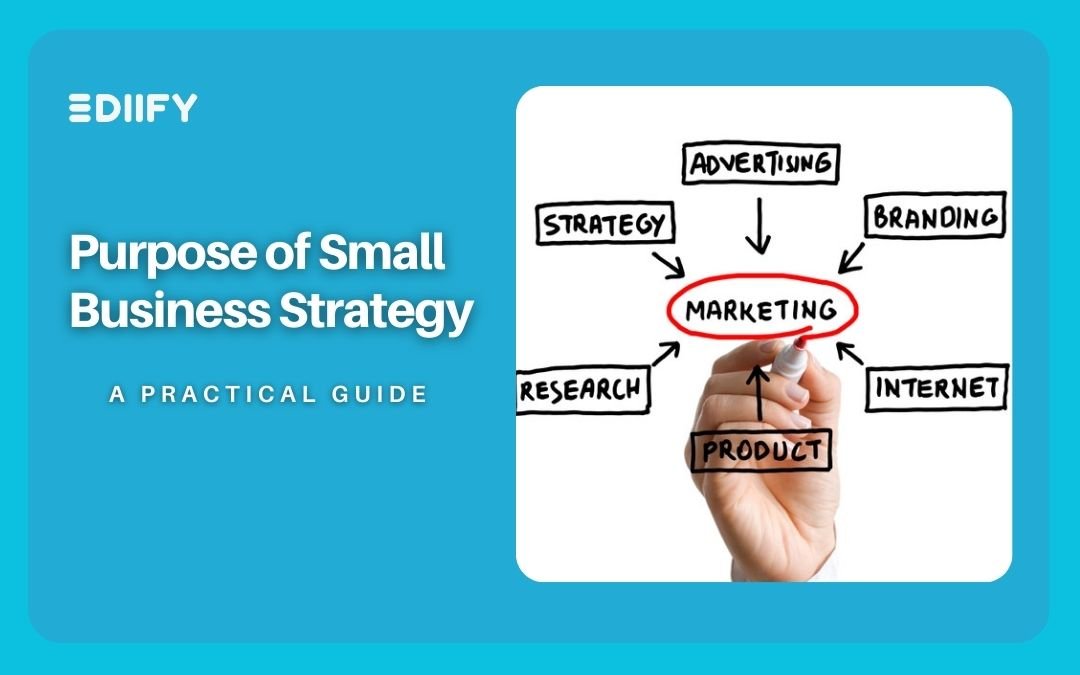
Types of Corporate Strategy: A Comprehensive Overview
Introduction:
In the intricate game of business, the strategic moves made by corporations are akin to the masterful strokes of a chess grandmaster. Corporate strategy, the overarching plan that delineates the direction and scope of an entire organization, is a multifaceted toolset. This blog delves into the types of corporate strategy and uncovers how each type strategically positions companies to achieve organizational objectives, foster growth, and adeptly navigate the complexities of the business landscape.
Types of Corporate Strategy: Navigating the Strategic Landscape

1. Market Penetration Strategy:
Overview: Market penetration involves a concerted push to increase market share within existing markets using current products.
Application: Aggressive marketing, dynamic pricing strategies, and customer retention initiatives form the crux of this approach.
2. Market Development Strategy:
Overview: Market development is the art of expanding into new markets or segments with existing products.
Application: Venturing into untapped geographical areas, targeting novel customer segments, and diversifying distribution channels characterize this strategy.
Glance at the Levels of Strategy and unlock your potential!
https://ediify.com/project/levels-of-strategy-unlock-your-potential/
3. Product Development Strategy:
Overview: This strategy revolves around creating new products tailored for existing markets.
Application: Research and development, innovation, and product diversification become the driving forces to meet evolving customer needs.

4. Diversification Strategy:
Overview: Diversification involves entering new markets with entirely new products or services.
Application: The journey may involve related diversification (entering a new but similar industry) or unrelated diversification (exploring entirely different industries).
5. Horizontal Integration Strategy:
Overview: Horizontal integration is the art of acquiring or merging with competitors to fortify market position.
Application: Acquiring companies within the same industry aims at achieving economies of scale and bolstering competitiveness.
6. Vertical Integration Strategy:
Overview: Vertical integration seeks mastery over multiple supply chain stages, whether backward (towards suppliers) or forward (towards customers).
Application: Acquiring suppliers or distributors is the strategic move to gain control over inputs or distribution channels.
7. Cost Leadership Strategy:
Overview: Cost leadership is the pursuit of becoming the lowest-cost producer in the industry.
Application: Streamlining operations, capitalizing on economies of scale, and implementing cost-efficient measures are the pathways to offering products at competitive prices.

8. Differentiation Strategy:
Overview: Differentiation aspires to offer unique products or services that hold intrinsic value for the market.
Application: Innovation, uncompromising quality standards, strategic branding, and targeted marketing collectively carve a distinct market position.
Significance of Corporate Strategies:
a] Adaptability:
Corporate strategies, diverse in nature, empower organizations with the adaptability required to respond to dynamic market conditions and evolving customer preferences.
b] Competitive Advantage:
A meticulously executed corporate strategy acts as the beacon illuminating the path to sustainable competitive advantage, setting a company apart in a crowded marketplace.
c] Risk Management:
Diversified corporate strategies function as a risk mitigation mechanism, spreading risk across different business units and reducing the impact of setbacks in a specific area.

Conclusion:
As corporations navigate the labyrinth of the business landscape, the selection and execution of corporate strategy emerge as decisive factors in their triumph. Each type of strategy represents a carefully crafted instrument designed to address specific challenges and seize opportunities. By comprehending and strategically deploying these varied corporate strategies, organizations can weather the storms of competition and flourish in the dynamic landscape, ensuring perpetual growth and enduring relevance. The journey to corporate success is an ever-evolving expedition, and a well-forged corporate strategy stands as the guiding force steering companies toward their destined triumphs on the grand chessboard of business.
Explore the importance of strategy
https://ediify.com/exploring-the-importance-of-strategy-a-comprehensive-guide/














